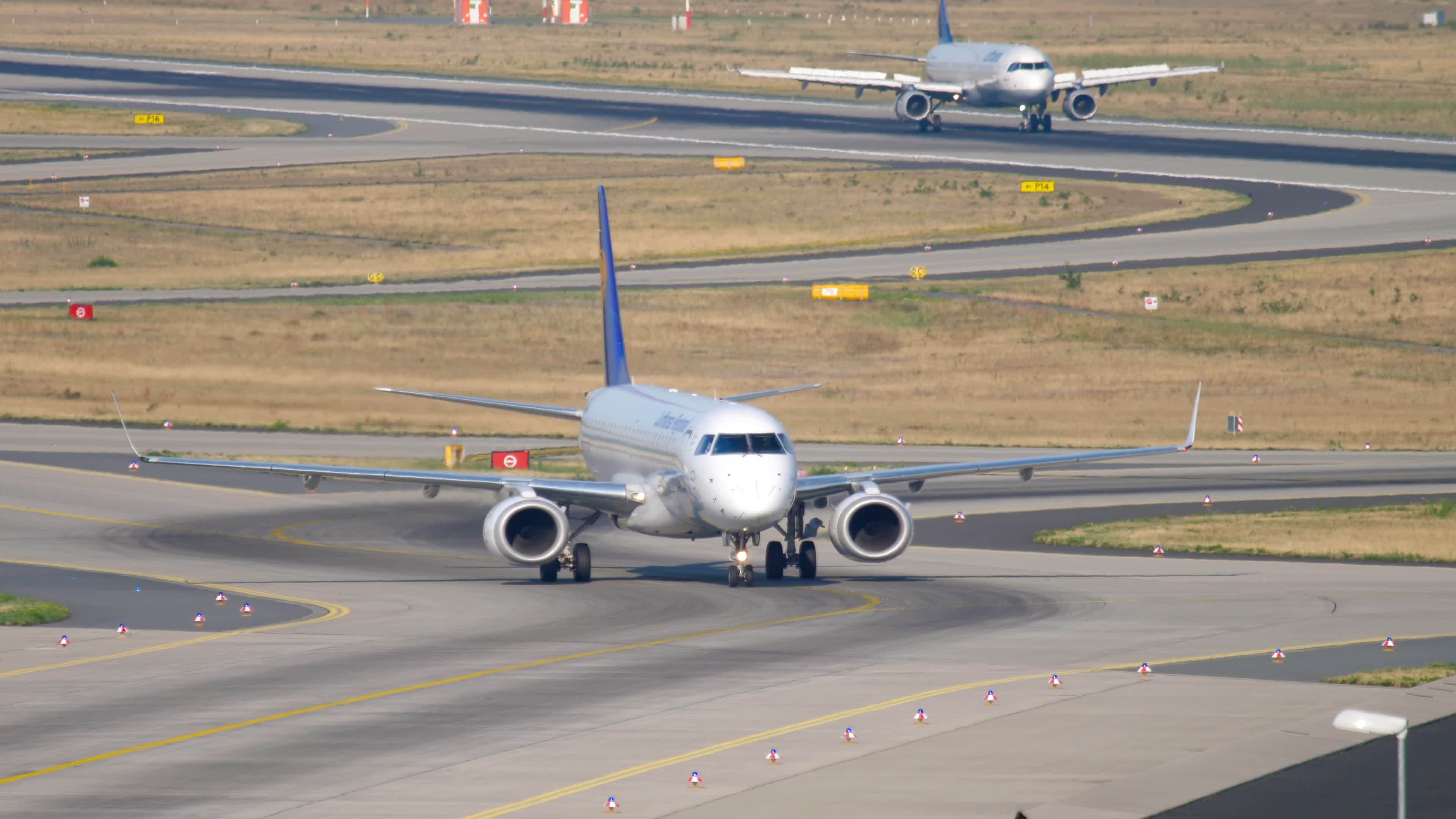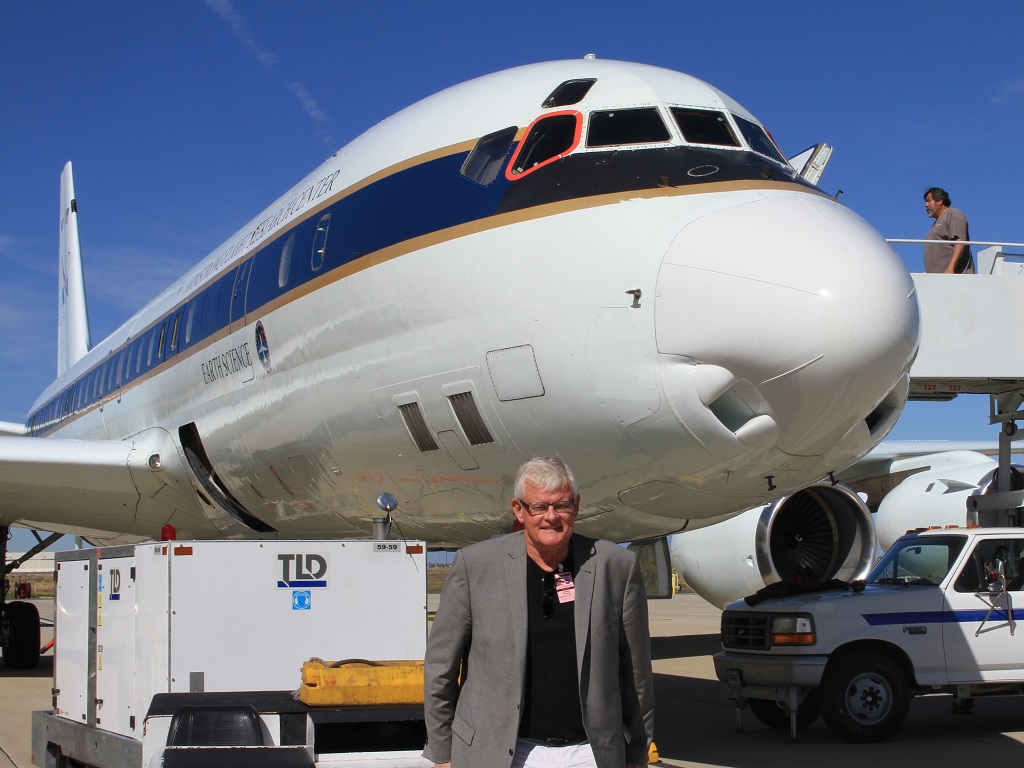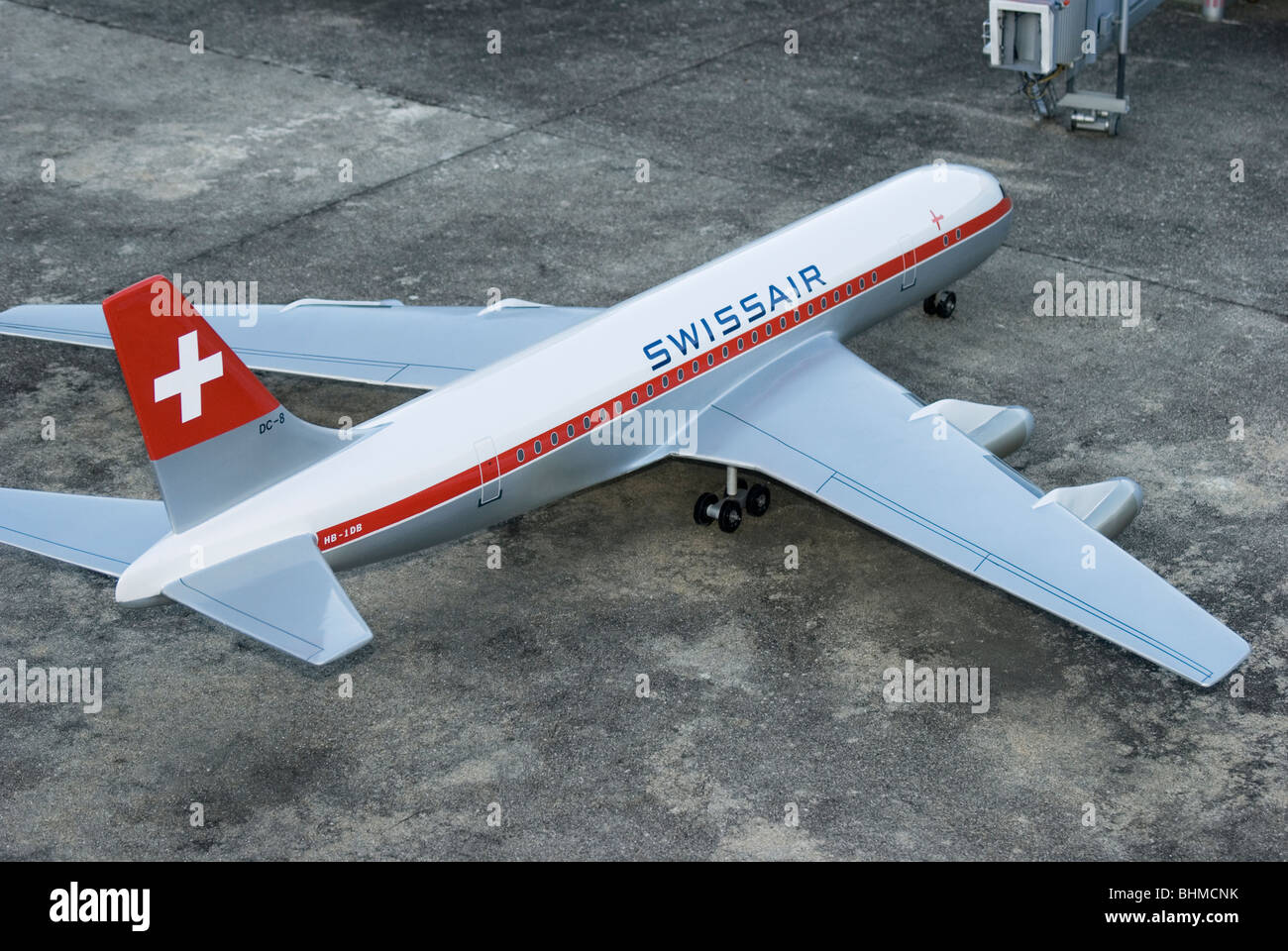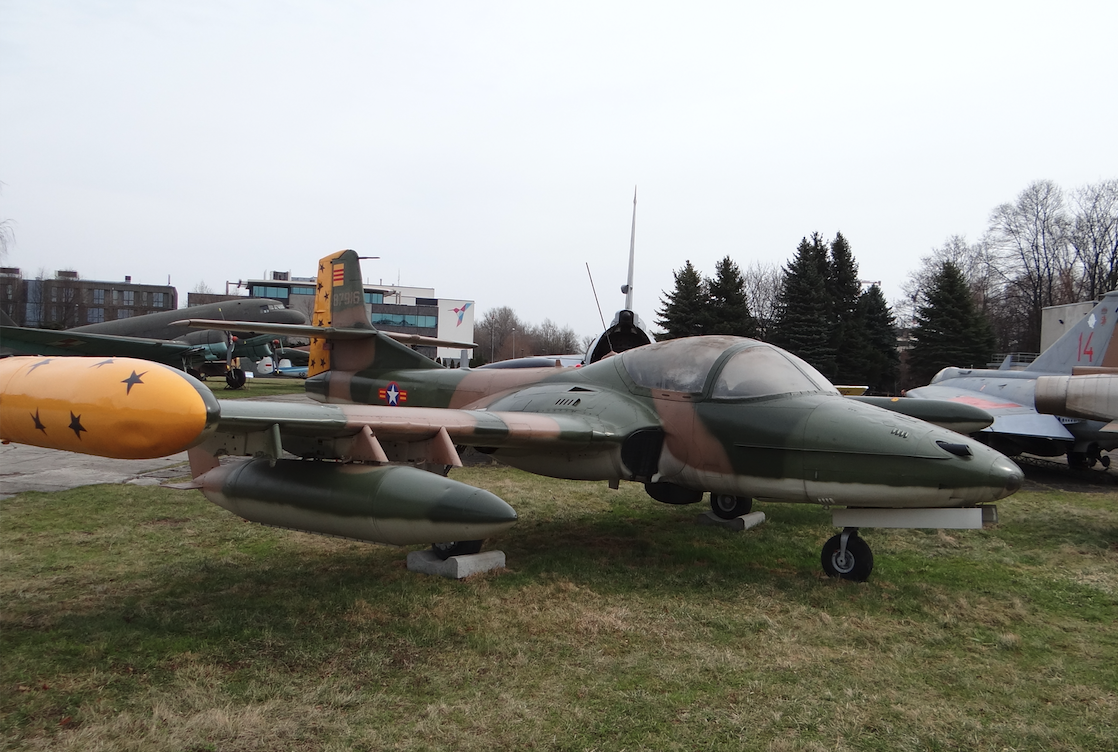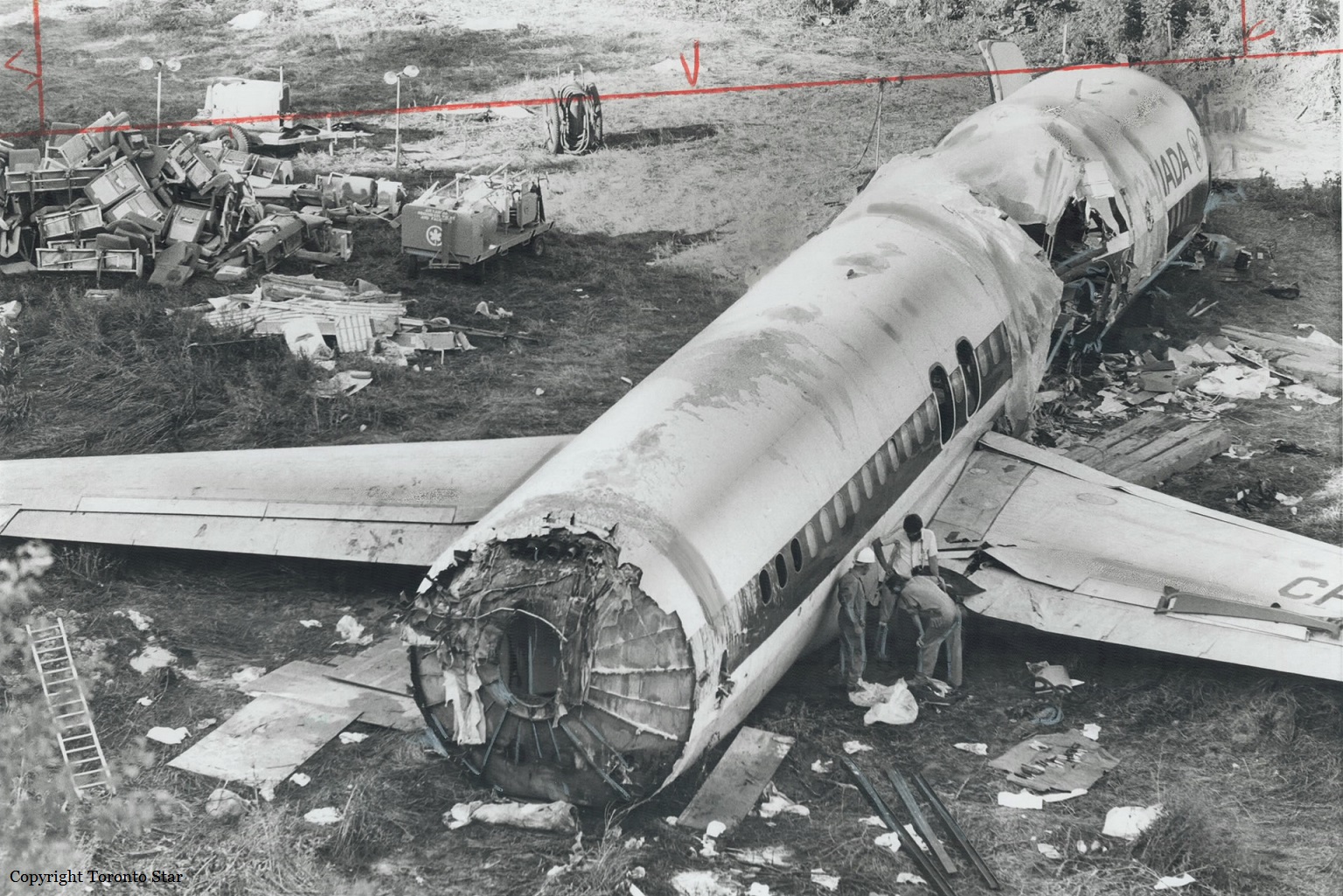Dark Arrow Aircraft - The three-brother team of Keegan, River and Reilly Carl came up with the idea to develop a better general purpose kit plane a few years ago, while Reilly helped build the comfortable Mark IV kit plane shortly after graduating from university. All three have degrees in aeronautical, electrical or mechanical engineering and worked as full-time engineers from 2014 to 2017 before quitting their jobs to start a kitplane company called DarkAero.
DarkAero's first model, the DarkAero 1, is nearing the end of its inventory and will begin flight testing in Spring 2020. The set was not only designed for speed and range, but a lot of thought was put into making the set simpler and more efficient, eliminating the many. Regarding the limitations that composites present in aircraft manufacturing.
Dark Arrow Aircraft
Keegan Carl said: "Through the frustration and sandblasting of the long days spent on the Railies Cozy, we wanted an aircraft that was more refined, efficient and optimized using the best materials for the job." "We also wanted to improve the building experience, as composite kits have many advantages as a material to improve aircraft performance, but as a builder, the construction approach felt outdated and inefficient."
Thule Air Base B 52 Crash
Keegan Carl reveals some of the big things that excite the brothers about the airplane beyond performance. "Its manufacturability and simple construction for the customer are important," he added. "On the part of the contractor, we eliminate the filling and grinding work that typically occurs with composite sets. All assembly and complicated complex work is done by our team. The builder is solely responsible for connecting, bolting or riveting the sections and does not require special assembly/fixing. We've developed an approach we call Hollow Grid, making our own carbon fiber honeycomb panels in-house to create the internal structure of the ribs, shear bands and fuselage bulkheads.
The two-person DarkAero 1 is a three-wheeled, retractable gear aircraft designed for a range of 1,700 mph and a cruise speed of 275 mph with a payload of 750 pounds. The aircraft has a G rating of +6/-3 G and a climb rate of 2,500 ft/min behind the 200 hp UL Power UL520iS engine. “The DarkAero 1 airframe is specifically designed around the UL520iS engine, as it is significantly lighter and smaller than conventional aircraft engines of similar horsepower. The engine's low weight and tight packaging make for a light aircraft with very low drag," said Keegan Carl.
The brothers are regulars at EAA AirVenture and started "flying" early in life when their father took them to Ace Hardware in town to buy balsa wood airplanes. "We grew up in the country in a farmhouse, and when you live in the country, you need a way to entertain and keep you excited, so airplanes and aviation became available to us. Over the years, we've always looked for a new kit airplane that has speed, range and trying to push the limits of efficiency by taking advantage of the latest equipment, materials and technology. However, we had never seen anything that caught our attention. This sparked our desire to start DarkAero and design our own jet plane," said Keegan Carl.
DarkAero is 100% owned and funded by the Carl brothers, a conscious decision to help them maintain control over the company's vision and "take risks, boost creativity and try new things". As engineers, they built most of the large production equipment themselves, including a 24-meter thermoset for curing aircraft components at high temperatures.” “At first we thought about buying an oven, but after we got the offer, we built one ourselves. Cure Oven is a good example of how we were able to self-finance. By doing almost all of the R&D, manufacturing of the production molds and even building the large production equipment ourselves. We were able to keep costs low. explained Keegan Carl.
Vintage Monogram 1/48 Scale Dornier Arrow Do335 Model Kit 7538 Open Box
The estimated cost of the DarkAero 1 kit is $79,900, which includes the airframe, canopy, engine mounts, landing gear and control hardware, as well as fittings and fasteners. Once the UL Power 520iS engine, avionics, propeller, wheels, brakes and paint are added, the total cost is expected to be $140,000 to $160,000, according to DarkAero.
Dan Pimentel is an instrument-rated private pilot and former aircraft owner who has been flying since 1996. As an aviation journalist and photographer, he has covered all aspects of the general and business aviation communities for a long list of major aviation magazines, newspapers and magazines. websites. He's never met an airplane he didn't like, and over the years has written about his love of flying on his Airplanista blog. As of 2019, he hosted the popular “Oshbash” social media gatherings at EAA AirVenture Oshkosh for 10 years.
Avro arrow aircraft, canadian arrow aircraft, piper arrow aircraft, sky arrow aircraft, sky arrow 600 sport aircraft, arrow aircraft, the arrow aircraft, sky arrow aircraft for sale, sky arrow aircraft price, arrow aircraft documents, piper arrow aircraft for sale, arrow aircraft sales

:max_bytes(150000):strip_icc()/181031640-F-56b006613df78cf772cb2878.jpg)

